Menu
Trees are more than towering structures of bark and leaves; their roots play a crucial role in their overall health and vitality. Tree roots serve several vital functions, including extracting nutrients and water from the soil, storing food, and anchoring the tree securely to the ground. However, when a tree’s root system suffers damage, it can lead to a steady decline in its health, eventually becoming a safety hazard. If you suspect a problem with your tree, consult a professional tree care company. At the Driscoll Tree Service, we leverage extensive expertise and proven strategies to inspect, diagnose, and address root problems before things get out of hand. Here are common signs of tree root damage and how to identify them early to prevent further deterioration and costly tree removal emergencies.
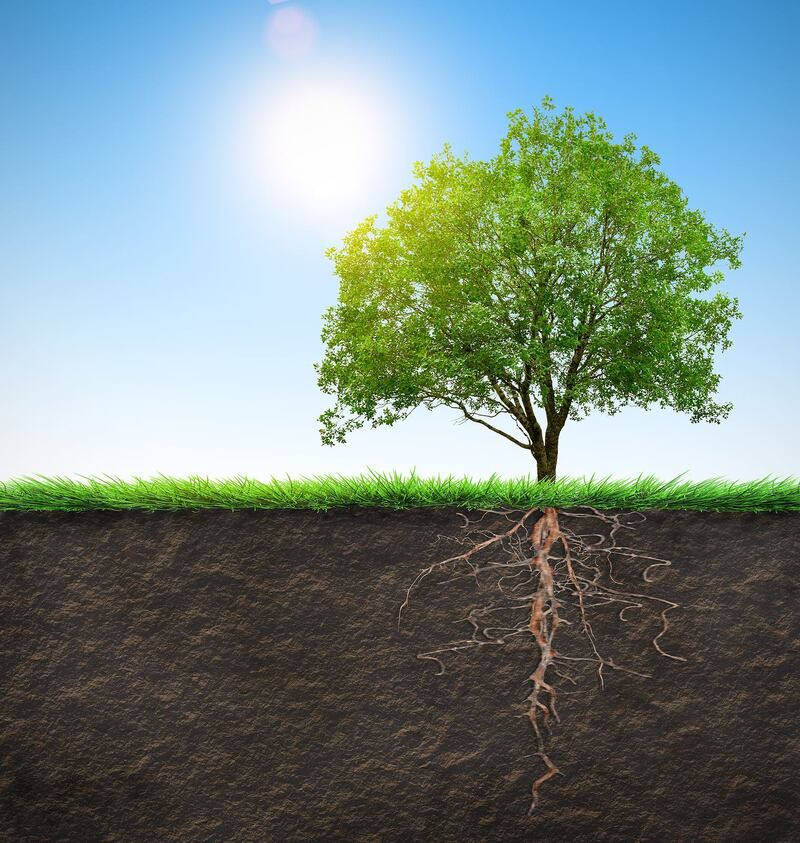
One of the first visible signs of tree root damage is fungal fruiting bodies near the tree’s base. These are often referred to as “mushrooms” or “toadstools.” While mushrooms might seem harmless or even picturesque, they are a clear sign of underlying issues with a tree’s roots.
Fungal fruiting bodies show that the tree’s root system may decay, allowing fungi to thrive on the decaying organic matter. As the fungi break down the wood, they compromise the structural integrity of the roots. When you spot these growths around the base of a tree, call a tree service immediately.
Leaf scorch is another noticeable sign of potential root damage. This condition occurs when the tree’s roots cannot supply sufficient water to the leaves. This causes the edges of the leaves to turn brown or appear burnt. Leaf scorch can affect the overall aesthetics of the tree, causing the decline of the entire tree.
Schedule routine inspections with a reputable tree care company to detect leaf scorch early. Arborists can see telltale signs like brown or crispy leaf edges, which often start at the tips and work their way inward. Early intervention, such as proper irrigation, can prevent this issue and further root damage.
When a tree’s root system is compromised, it may struggle to support its branches with essential nutrients and water. Branch dieback is a symptom of this struggle. It involves the gradual death of branches, starting from the tips and moving toward the trunk. You might notice that some branches lose their leaves, wither, or develop a lackluster appearance.
Branch dieback can occur in isolated areas or affect the entire tree, depending on the extent of root damage. Once you notice branch dieback, hire reliable arborists to improve the tree’s overall health and appearance.

Yellowing leaves can show various tree health issues, including root damage. When the root system is compromised, it can lead to poor nutrient uptake, resulting in leaves that turn yellow instead of their healthy green color.
To identify this issue, closely inspect the tree’s foliage. If you notice a general yellowing of leaves, especially unrelated to seasonal changes, it’s essential to consult a trusted tree service. Soil testing and fertilization can help address nutrient deficiencies caused by root damage.
A tree’s roots are its lifeline, providing vital support and sustenance. Recognizing the signs of root damage early is crucial to preserving the health and longevity of your trees. If you observe these signs of deterioration, contact the Driscoll Tree Service. Our certified arborists can diagnose the root problem and determine the best action to ensure optimal health and prevent costly tree removal projects.
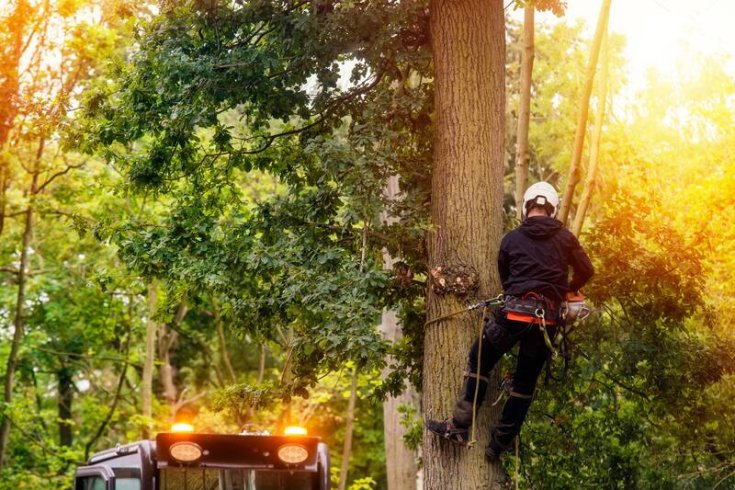
Is it Possible to Minimize Storm Damage to Trees? Trees play a critical role in our environment, providing many benefits like shade, oxygen, and beauty to our landscapes. However, they can also be vulnerable to the destructive forces of nature,…
Read More
4 Situations That Require a Tree Removal Service Trees are a valuable addition to any landscape and play a vital role in the ecosystem. There are many benefits we get from trees, such as shade, curb appeal, and comfort, among…
Read More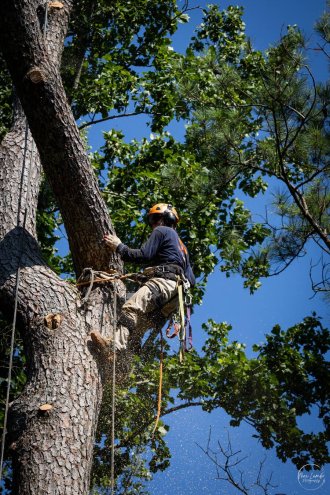
Have You Hurricane-Proofed Your Trees Yet? In the Southeast U.S., hurricanes aren’t just an occasional threat - they're a part of life. Georgia, in particular, faces frequent tropical storms and hurricanes that bring high winds, heavy rain, and the potential…
Read More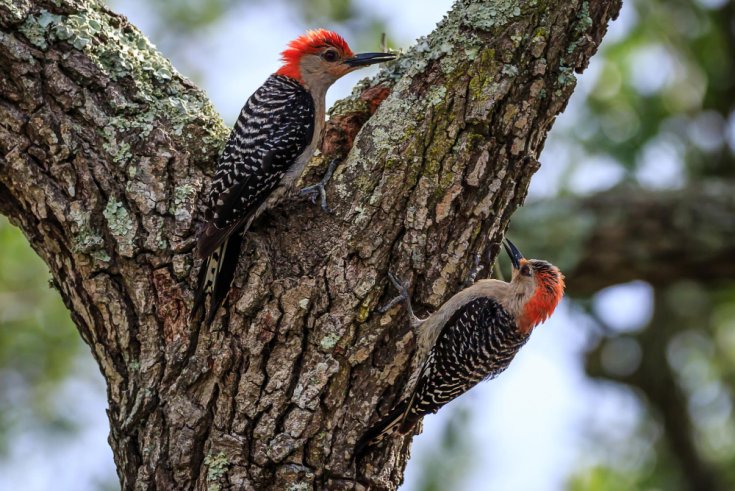
Notice Woodpecker Damage On Your Tree? Here’s What To Do Trees are a magnet for life. They provide shade, beauty, fruit, and oxygen - and they also play host to a wide range of wildlife. Birds, in particular, love trees.…
Read More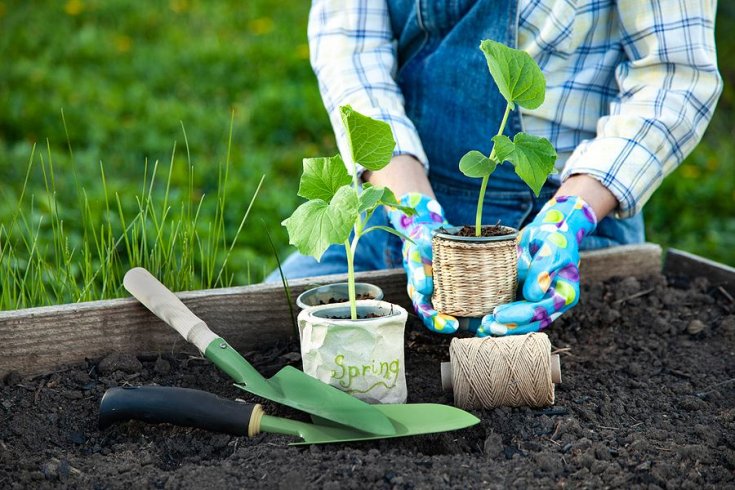
Do's and Don'ts of Tree Planting As winter approaches and the rains approach, it is an excellent time for tree planting. Trees are a valuable addition to any landscape; like other living things, they need regular maintenance and care. At…
Read More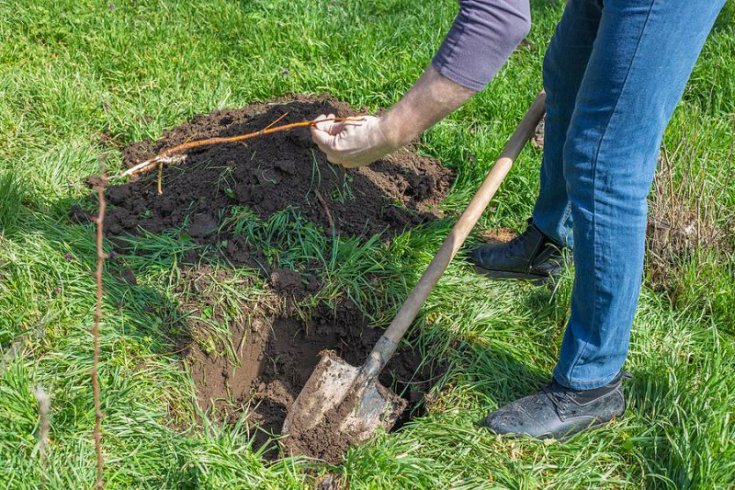
How to Care for Newly Planted Trees Trees are beautiful ornaments for any property, but they are more than decoration. They purify our air, offer us shade, and even provide fruit. Trees grow naturally out of the ground, but if…
Read More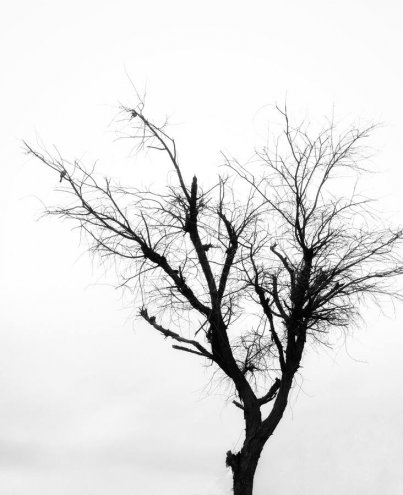
5 Common Reasons Why Your Trees Die? Trees enhance the aesthetics of any living space and contribute to the local ecosystem. However, trees are susceptible to infections and infestations, causing premature death. A dying or dead tree in your backyard…
Read More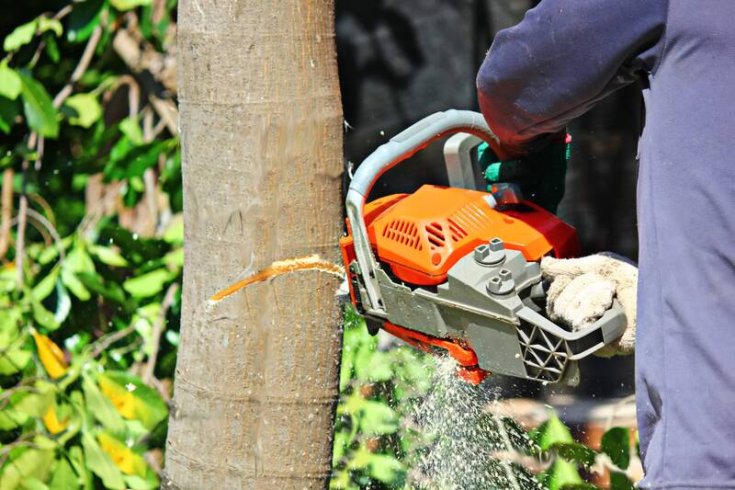
Debunking Common Myths About Tree Removal Trees are magnificent entities that provide many advantages. However, different circumstances like disease, infestation, landscaping needs, or severe damage may prompt tree removal services. While healthy greenery is an asset for property owners, when…
Read More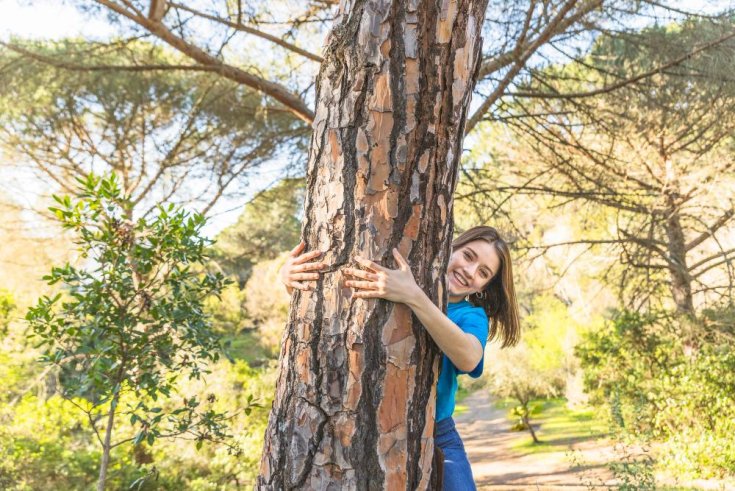
Why Topping is Harmful for Trees Tree topping is often regarded as a controversial practice in arboriculture. This haphazard tree trimming exercise often causes severe disfigurement, compromising the overall aesthetics of your landscape. While tree topping offers a quick solution…
Read More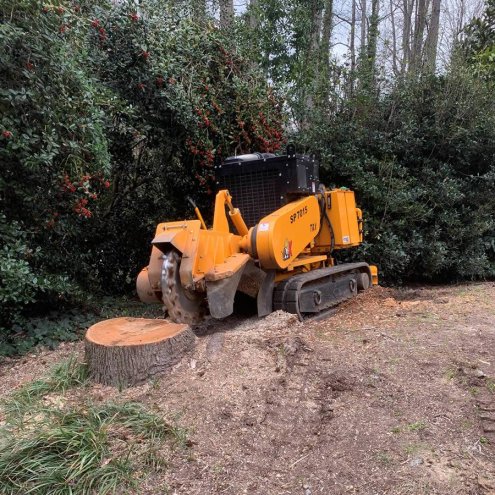
Why Stump Grinding Is an Important Part of Tree Removal We hate to see a tree go. Most homeowners do. After all, trees offer shade, privacy, and character to a yard; some even give us delicious fruit. So, taking one…
Read More